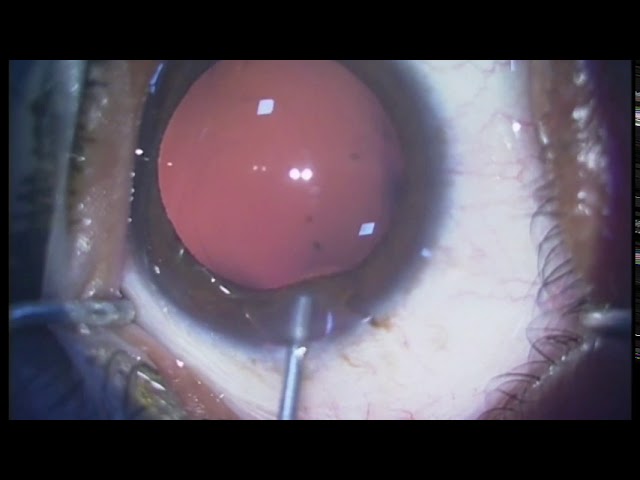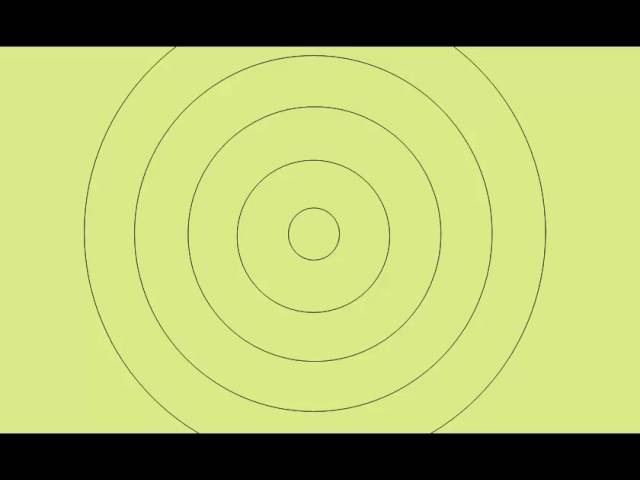Aberrometry: Revolutionizing Optical Care for Clearer Vision
When it comes to achieving perfect vision, precision is the key. The field of optometry has come a long way in the past few decades, and aberrometry is one of the advanced techniques that has made it easier for optometrists to diagnose and manage vision problems.
Aberrometry is a technology that directly measures the individual aberrations of the eye. In other words, it helps to determine exactly how the eye is not able to focus light on the retina, resulting in vision imperfections. By identifying these aberrations with extreme precision, doctors can develop personalized solutions and offer patients a more accurate and effective treatment plan.
How Does Aberrometry Work?
Aberrometry works by analyzing the way light travels through the eye. The device used in aberrometry shines a bright, low-intensity light into the eye, which reflects off the back of the eye known as the retina. The reflected light travels back through the eye and is captured by a small camera that is positioned at the front of the eye. This camera then analyzes the reflected light to determine the eye’s exact imperfections.
Uses of Aberrometry
There are many uses for Aberrometry, and these include:
- Determining the visual quality of the eye
- Diagnosing vision problems
- Developing individualized treatments for patients
- Diagnosing cataracts
- Post-operative follow-up after LASIK surgery
The Benefits of Aberrometry
Aberrometry offers a range of benefits over traditional eye exams. One of the most significant benefits is that it makes it easier for optometrists to identify and manage eye problems. By analyzing the eye’s individual aberrations, optometrists can develop personalized optical solutions that are tailored to a patient’s specific needs. Patients who undergo aberrometry can also enjoy a higher level of vision quality, which can have a significant positive impact on their daily activities.
The Future of Aberrometry
The future of aberrometry looks promising. As technology continues to evolve, we can expect to see even more advanced aberrometry devices in the near future. These devices will offer even greater precision and accuracy, which means that optometrists will be able to diagnose and manage vision problems even more effectively, resulting in better visual outcomes for patients.
So, if you’re experiencing vision problems, or you simply want to ensure that your eyes are functioning at their best, be sure to ask your optometrist about aberrometry. With this advanced technique, you can enjoy a more accurate and personalized optical solution, and enjoy the very best vision quality possible.
Contents
Most wanted in Hoya Vision:
Hoya Lens Engravings
What brand lenses does Costco use?
Which lens is better Alcon or Johnson and Johnson?
What’s the rarest eye color?
Legacy Eye Care Llc
What’s the difference between 1.5 and 1.6 lenses?
Hoya Sensity Vs Transitions Xtractive
Should eyeglasses cover eyebrows?
1.53 Trivex Impact Resistant
Wide Corridor Progressive Lenses
















